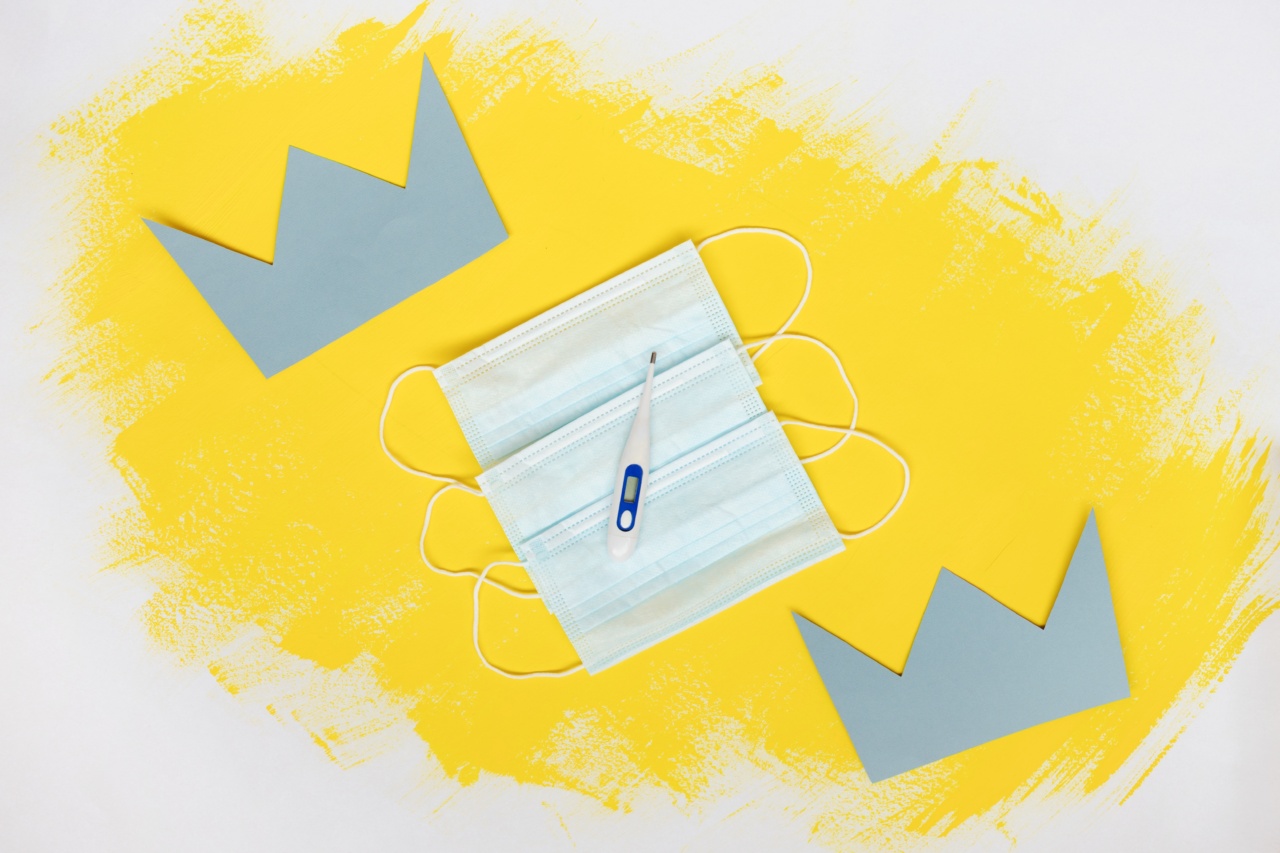Respiratory problems can cause difficulty breathing, which can be debilitating and life-threatening in severe cases.
Respiratory conditions can vary in severity from common colds and allergies to more serious conditions like asthma, chronic obstructive pulmonary disease (COPD), and pneumonia. In this article, we will discuss these common respiratory problems and their symptoms and treatment options.
Asthma
Asthma is a chronic condition that affects the airways, causing inflammation, swelling, and narrowing of the airways. Asthma symptoms can range from mild to severe and can occur infrequently or every day.
Symptoms of asthma include wheezing, coughing, chest tightness, and shortness of breath. Asthma can be triggered by allergens, exercise, stress, infections, or cold air. Treatment for asthma includes inhalers, which can be used to relieve symptoms or prevent attacks.
COPD
Chronic obstructive pulmonary disease (COPD) is a lung disease that makes it hard to breathe. COPD usually develops over time and is caused by smoking or long-term exposure to air pollution. The two main types of COPD are chronic bronchitis and emphysema.
Symptoms of COPD include coughing, wheezing, shortness of breath, and chest tightness. Treatment for COPD includes medications, oxygen therapy, and pulmonary rehabilitation programs.
Pneumonia
Pneumonia is an infection that inflames the air sacs in one or both lungs. Pneumonia can be caused by bacteria, viruses, or fungi. Symptoms of pneumonia include fever, chills, coughing, chest pain, and shortness of breath.
Treatment for pneumonia depends on the cause, but usually includes antibiotics, rest, and fluids.
Common Cold
A common cold is a viral infection that affects the nose and throat. Symptoms of a common cold include coughing, sneezing, sore throat, congestion, and runny nose.
Treatment for a common cold includes rest, fluids, and over-the-counter medications for symptom relief.
Allergies
Allergies occur when the immune system overreacts to a foreign substance, such as pollen, dust, or pet dander. Allergies can cause symptoms like sneezing, coughing, itchy eyes, runny nose, and difficulty breathing.
Treatment for allergies includes avoiding triggers, taking antihistamines, and using nasal sprays to relieve symptoms.
Pulmonary Embolism
A pulmonary embolism occurs when a blood clot blocks one of the arteries in the lungs. This can cause chest pain, difficulty breathing, and rapid heartbeat. Pulmonary embolisms are life-threatening and require immediate medical attention.
Treatment for pulmonary embolisms includes blood thinners and, in severe cases, surgery.
Treatment Options
The treatment options for respiratory problems and difficulty breathing depend on the underlying condition and its severity. Treatment options may include medications, lifestyle changes, and medical procedures.
For example, medications may include antibiotics for infections, inhalers for asthma, or antihistamines for allergies. Lifestyle changes may include quitting smoking or losing weight to manage COPD. Medical procedures may include oxygen therapy for COPD or surgery to remove a blood clot in pulmonary embolism.
Preventive Measures
There are several preventive measures that can be taken to avoid respiratory problems and difficulty breathing.
These include avoiding exposure to pollutants, allergens, and respiratory irritants, getting vaccinated against pneumonia and the flu, washing hands frequently to prevent infections, and avoiding smoking and secondhand smoke. It is also important to maintain a healthy lifestyle and manage chronic conditions like asthma and COPD.
Conclusion
Respiratory problems and difficulty breathing can be caused by a range of conditions, from the common cold to more serious conditions like COPD and pulmonary embolism.
Treatment options for these conditions vary, and it is important to seek medical attention if symptoms persist or worsen. Preventive measures can be taken to avoid respiratory problems and improve overall respiratory health.






























